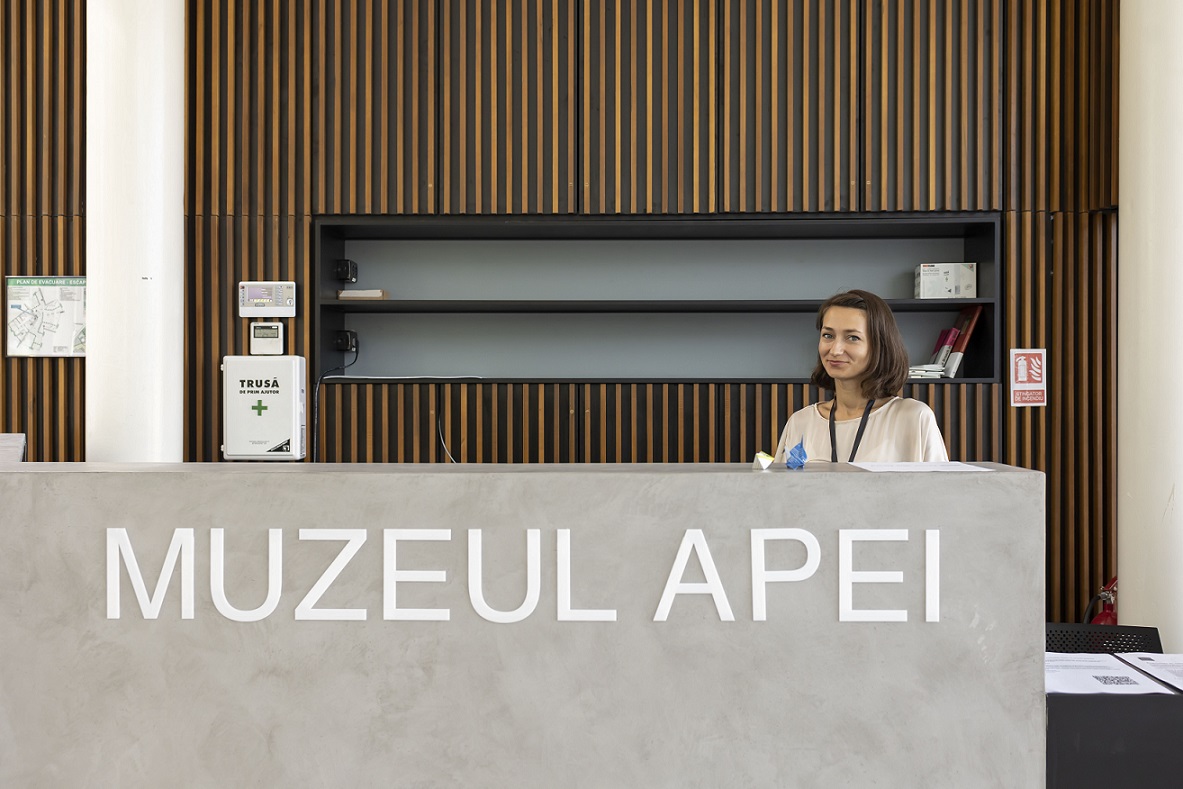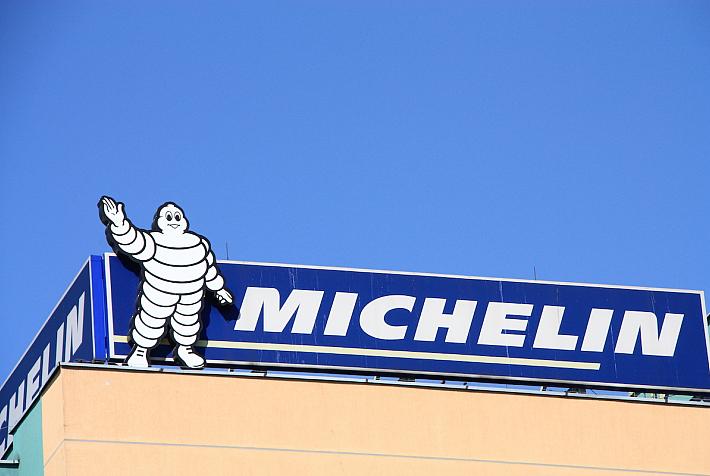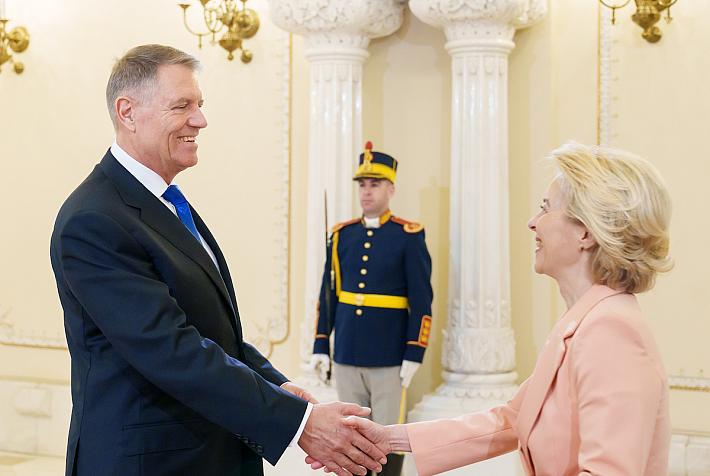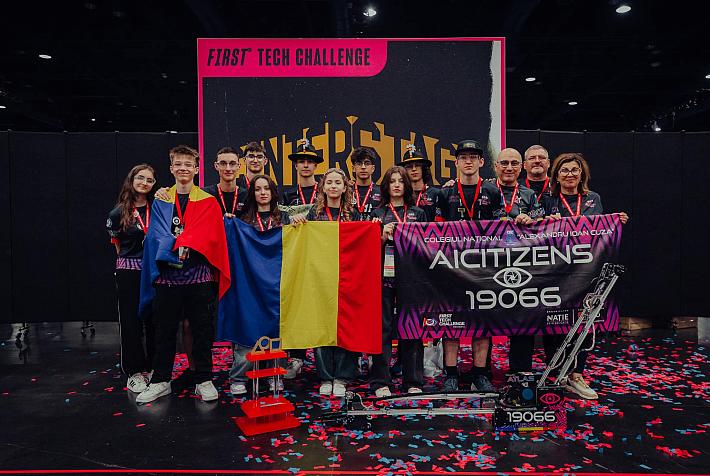Heritage meets community at Timișoara's Museum of Water

One of the standout projects of the year that Timișoara held the European Capital of Culture title was the opening of the Museum of Water, on the site of the former Urseni water plant. In only six months since its official inauguration in June, it turned into a space where visitors can discover a piece of the city's history, attend numerous cultural events, and reflect on a variety of topics related to water and the natural heritage.
The first stop for those visiting the museum is the recently-built entrance pavilion, which features several clues of the institution's diverse reach: shelves with environmentally-themed children's books and games, an area for exhibitions and other events, and an upright piano. The pavilion adds to the museum complex, which encompasses the three heritage buildings of the city's former drinking water plant, all set in a generous park, dotted with plane trees. The Urseni Plant was in use for nearly 80 years, starting in 1914 and until the 1990s, when a new water treatment station was built in the vicinity.
A spiral staircase takes visitors down to a group of pumps used to extract water from a depth of 67 meters. As the submersible pumps had not been invented when the Urseni Plant opened, those tasked with designing it constructed a type of shelter for the 12 pipes working to bring water to some 46,000 Timișoara residents. They named it the Group of Fountains but it is sometimes called the UFO, a nickname coined in 2010 by a group of enthusiasts interested in anomalous phenomena. They started referring to it like this after seeing its shape on Google Maps.
As the tour of the museum progresses through the Filtering Station, where a two-stage process took place, and ends at the Pumping Station, the water's last stop before leaving the plant, a wealth of details signals the architectural heritage of the site: from the tiling to lamps with floral ornaments and the elements of the decorative band framing the pump control panel.
The three historical buildings that form part of the museum complex have been designed by László Székely, Timișoara's first chief architect, in the industrial Secession style. He worked with engineer Stan Vidrighin, later a mayor of Timișoara but at the time an employee of the City Hall, on developing the Urseni Water Plant and the Filtering Station, the first on Romania's territory at the time of their opening in the early 1910s.

An intense six months
The buildings of the plant were refurbished with backing by Aquatim, the city's water and sewage company and the administrator of the former plant. The project The Museum of Water – Connecting to Timișoara's Cultural Network was part of the city's European Capital of Culture program and saw the venue fill up with visitors attending the numerous events organized there. The museum opened officially on June 9th and the project included in the program aimed to turn it "from a refurbished heritage site into a lively place that tells its visitors the story of water and hosts numerous cultural and educational activities, from workshops to exhibitions, concerts and new media art performances."
The idea of the museum had been in the making for some time before the European Capital of Culture program. Aquatim fully funded the refurbishment project, which amounted to RON 7.83 million.

"They had been thinking for a long time about turning this plant into a museum precisely because it was preserved so well - an exceptional situation. The rehabilitation process started in 2020 and ended this year, mid-year, right before we started the activation project. So the idea to turn it into a museum had been there for a while, but, specifically, the plan didn't," Anabella Costache, the museum's coordinator, explains. "I wrote the activation project for the entire activity of the museum, from the schedule to the structure of the team, the needed competencies, the type of training needed, the everyday activities, exhibitions, the entire life in the museum."
Several activation activities had happened before the project was included in the European Capital of Culture program, but when it came to the "daily running and creating an identity of the museum in the city, it was done in these six months."
She describes this period as a very intense one but says she expected things to work. "I'm an idealist, which is why I wanted to be part of something like this. I also knew it was a unique opportunity we probably would not have had in a different year. I thought it would be worth it and indeed it was."
There is no standard museum of water, Costache points out. In the international network of water museums under the patronage of UNESCO, of which the Timișoara institution is a part, each member entity imagines its role and vision in its own way. In the case of the Timișoara museum, the aim is to preserve the industrial and architectural heritage of the city's old water plant but also to be a "cultural center and an education and dialogue platform concerning sustainable water consumption and the way we relate to the natural heritage," she explains.
The programming of the museum was developed starting from a heritage interpretation plan drafted by the National Heritage Institute, where the main themes were outlined, in addition to development advice.
"Starting from these themes, we developed the museum experience - with an audio guide in several languages, the information presented in the venue, and the activities; we thought of what could help educate the public. We imaged activities for several types of public, from school groups to families with children, seniors or vulnerable groups like children with disabilities so that those who visit us receive and give back as much as possible on the themes we approach: water, architectural heritage and industrial heritage."

Art on the agenda
Elements of technical, engineering, and architectural history related to the water plant are highlighted during a visit to the museum, but water also serves as a source of inspiration for various artistic and educational events and programs hosted here. Art has a dedicated place in the programming of the museum, which regularly hosts exhibitions inspired by the themes of water and the environment.
"We worked with artists whom we let express everything this place inspired them; every time, the people who come to this venue are impressed; the artists, in particular, have so many ideas."
Since the opening, various projects were hosted here. "The space is quite big. There are artists who manage to work in dialogue with the historical buildings while others enter a dialogue only with the theme present in the venue, not the venue itself - so they exhibited in the newly-built pavilion, meant for receiving visitors. But each time, there is an element present in the museum's themes."
Artist Sânziana Gheorghe exhibited here a project that transformed a site in the museum - The Group of Fountains – into a pine forest, a physical and allegorical space populated by semi-abstract, fantastic characters, while Livia Mateiaș exhibited here the multimedia installation H2O: Transition, illustrating the circuit of water in nature in its various forms.
The museum currently hosts the exhibition Alluviums and Thermoclines, curated by Sașa Liviu Stoianovici and including works by Kiri Dalena (Phillippines), Carolina Cycedo (US), M. Solovic (Bosnia and Herzegovina), and Sașa Liviu Stoianovici (Romania). It spotlights various artistic approaches focused on the element of water in a variety of forms: video art, sound recordings or installations. It brings to the foreground issues and topics such as climate change, deforestation or eco-activism, among others.
As with any project, challenges emerged when it came to balancing the artists' wishes and the constraints of the venue. But what mattered, in the end, was keeping the topics of water and heritage on the agenda and bringing in as many perspectives as possible, she explains.
"It isn't always easy to host an exhibition and give a an artist carte blanche to do what they want in a site with a heritage value because there is always this dialogue between what the artist wants and what the venue allows us to do. At the same time, we are not a gallery; we are a museum, a space that needs to remain active permanently. There are all sorts of details that need negotiating. However, tackling the theme of water and heritage from as many perspectives as possible was important. I think the major stake of the museum is to keep the topics of water and sustainability in the public space in various forms. And this is why we resort to all ways possible – artistic expression, educational means, and all the instruments afforded to interpret heritage."

A place for the community
The public of the museum is diverse, with the majority made up of families with children. "We are located on the outskirts of the city, in the middle of several residential neighbourhoods, where many young people with children live. Because there is no other cultural offer in the area, people are happy to be able to come here during the weekend with their children and do fun things, educational, artistic, that are interesting for them as parents but also for the kids," she explains.
For instance, in early December, when the city officially wrapped up its European Capital of Culture program, the museum's program included workshops where the young ones could try scientific experiments, discover interesting reads or learn how to craft various items and recycle, while grownups could take part in a yoga class or workshops on education and environment journalism. A program of performances was also available, from interactive shows for children to artistic performances or jazz concerts.
This summer, the museum hosted the Summer Evenings at the Museum festival, where the public could encounter diverse moments ranging from multimedia art installations to pottery and painting workshops, ecological education on the role of water, film screenings and music.
The opportunity to engage in various activities at the museum was a welcome one. "Many times, parents tell us about the joy of having spent a moment truly dedicated to them and their children, uninterrupted by distractions like the mobile phone or daily worries. It may seem banal, but with our pace of life, I think it is pretty rare," she says.
Looking back on the intense six months since the official opening, the museum's coordinator says people's ability to change situations often made the difference. "I have learned a great deal of things. I think I was surprised by people's ability to change situations, for the better or for the worse. But mostly for the better, I would say. In these projects with high stakes and complexity, one needs someone who is firmly anchored in reality and, at the same time, very motivated and idealistic. Only this makes you advance. In these six months, we had the pace of a startup, a rollercoaster that we couldn't have managed had we not believed with all our might that this space could bring a lot to the community and the city."
The Museum of Water is located at 26 Calea Urseni, Timișoara. Access is free of charge. More on the program and the activities available at the museum here.
The events that take place in Timișoara until the end of the year are listed here.
(Photos by Daliana Iacobescu, courtesy of the Museum of Water)
simona@romania-insider.com















